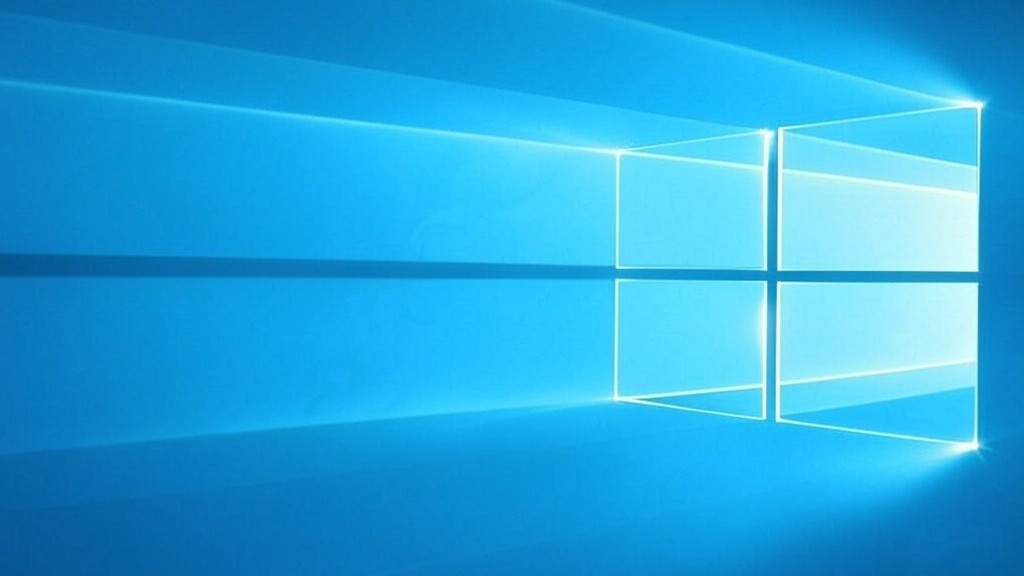Microsoft has released its December Patch Tuesday, bringing an end to 2024 with big updates and warnings for users. This month’s patch brings 71 vulnerabilities to a close, including one that is critical and a zero-day exploit, reminding us of the importance of timely patching. The news has been overshadowed, however, by confusion about Windows 10’s end-of-support timeline, the Windows 11 upgrade path, and Microsoft’s changing messaging about system requirements.
The Patch Tuesday highlights
Windows users were treated to a ritual of Patch Tuesday, which patched several Microsoft products. From the 71 vulnerabilities that were addressed, one caught much attention since it was a zero-day vulnerability being actively exploited in the wild. These updates marked the critical nature of such updates, and Windows 10 and 11 users were warned to install them as soon as possible to protect against attacks.
The less-than-good news included the fact that around 400 million Windows 10 devices will face losing all access to updates after it reaches the end of the “official support period” date announced for October 2025. For those sticking with Windows 10, that’s yet another reminder of the urgency to plan a move onward–lest they face possible security exposure someday.
Confusion over Windows 11 system requirements
Conflicting headlines arose in the run-up to December Patch Tuesday regarding Microsoft’s decision on Windows 11 system requirements. TPM 2.0 stands at the center of this confusion-the Trusted Platform Module 2.0, that is-the key hardware requirement for upgrading to Windows 11. It was reported that Microsoft had actually relaxed its policies to let unsupported PCs upgrade, a claim that has since proven to be an overreaction to an updated support document.
Microsoft clarified that nothing had actually changed with the minimum system requirements for Windows 11, but the support document itself merely reiterated the risks associated with installing Windows 11 on unsupported hardware, explaining further that such devices are not in line to receive any future security updates or support.
Windows 10 end-of-life looms large
Windows 10’s end-of-life looms large, and the decision becomes a tough one for most users. Microsoft continues to nudge people toward Windows 11, moving them onto newer, safer systems. But the hardware requirements for Windows 11 have meant that nearly half of Windows 10 users cannot update without new hardware.
There’s yet no word from the company on calls for an extension on support for Windows 10 or a more accessible way to upgrade for users still sporting older PCs. Thus, millions of users could soon wake up to the nightmare of out-of-date security updates with corresponding widespread vulnerabilities.
The role of AI in Microsoft’s strategy
It becomes further complicated by the company’s commitment to AI-based capabilities like Windows Copilot. All of this is to function ideally on newer hardware. Moreover, data privacy, particularly the ones used in applications such as Microsoft Recall to grab screenshots for AI training purposes, has raised more and more red flags. Such a phenomenon of capturing sensitive data while operating these tools without prior warning has made many users dubious about the safety and soundness of these newer applications.
What’s next for Windows users?
For the 400 million users still on Windows 10, time runs out. Though Patch Tuesday brings continued protection for now, the end-of-support date looming over them makes any long-term planning necessary to weigh options, such as:
- Upgrade to Windows 11: For those having compatible hardware, moving over to Windows 11 guarantees continued security updates and all the new features Microsoft comes up with.
- Replace Outdated Hardware: Users with incompatible PCs may need to buy new hardware that meets with Windows 11 requirements.
- Explore Alternative Operating Systems: Interested users can switch to alternative operating systems such as Linux, since it has longer support for older hardware.
- Await Policy Changes: Microsoft might still change things, say perhaps extend support for Windows 10 or relaxes system requirements for Windows 11, but this will remain speculative.
RELATED
A call for clear communication
All of this has complicated the situation for the user. A unified and transparent guide from Microsoft that could communicate the risks and options to Windows 10 users would be a long way to building trust. Until now, users have to stay alert, install updates, and carefully consider their next course of action.
As the year 2024 is wrapping up, December Patch Tuesday reminds everyone to stay ahead of the curve in light of rapidly changing technology and security environments. Whether one is on Windows 10, upgrading to Windows 11, or looking for alternative options, informed decisions will be the key to making it through the rest of the year.



